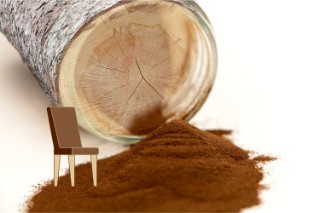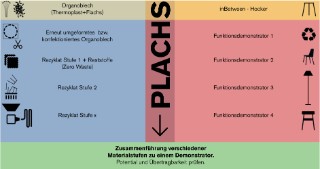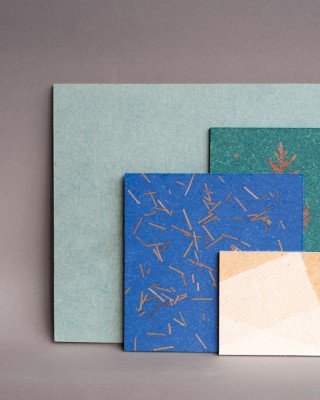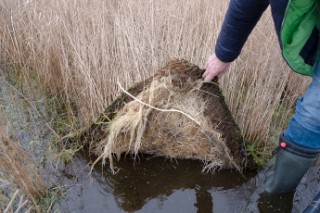How can science be inspired by art - and vice versa? What do researchers and artists have in common? How can they benefit from mutual dialogue? These are the questions being addressed by the Fraunhofer Network “Science, Art and Design”. Via a moderated structure, it seeks to promote interdisciplinary cooperation and the utilization of artistic methods for the discussion of complex social issues and the introduction of new perspectives into research processes.
Small city apartments, house moves, and changes in living and working circumstances: These days, furniture has to fulfill demanding requirements in terms of functionality and flexibility. In collaboration with research partners and companies, we develop furniture that meets these requirements and is furthermore sustainable. The starting point is the new and further development of compounds, foams and imitation leather made from lignin - a plant-based residual material from industry. The aim is the creation of modular, lightweight furniture that can be easily disassembled, transported, repaired and repurposed. In other words, the service life of the material should be as long as possible. A further focus of the project is the recyclability of the furniture - from entire assemblies through to the single-type separation and preparation of the individual materials. Possibilities for the transfer of materials to other areas of application – such as the fashion industry and the motorhome sector – are also being considered.
more info Fraunhofer Institute for Wood Research
Fraunhofer Institute for Wood Research 




